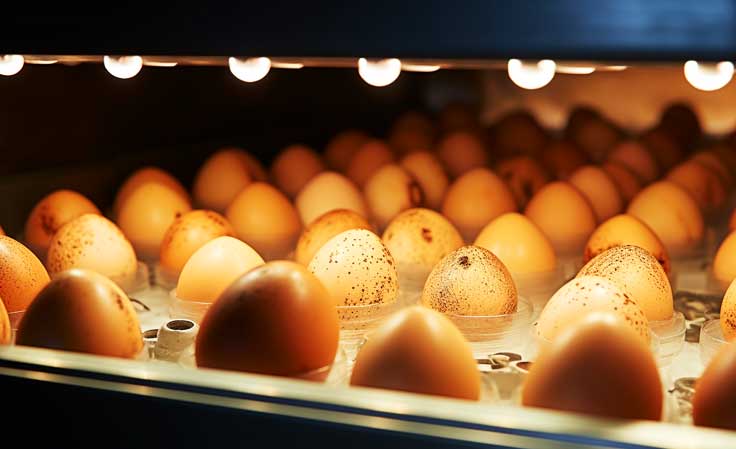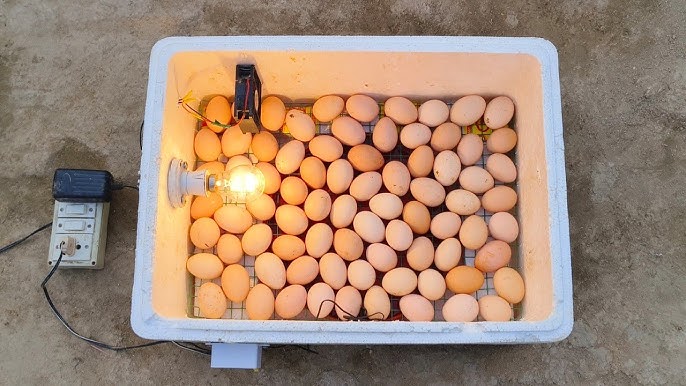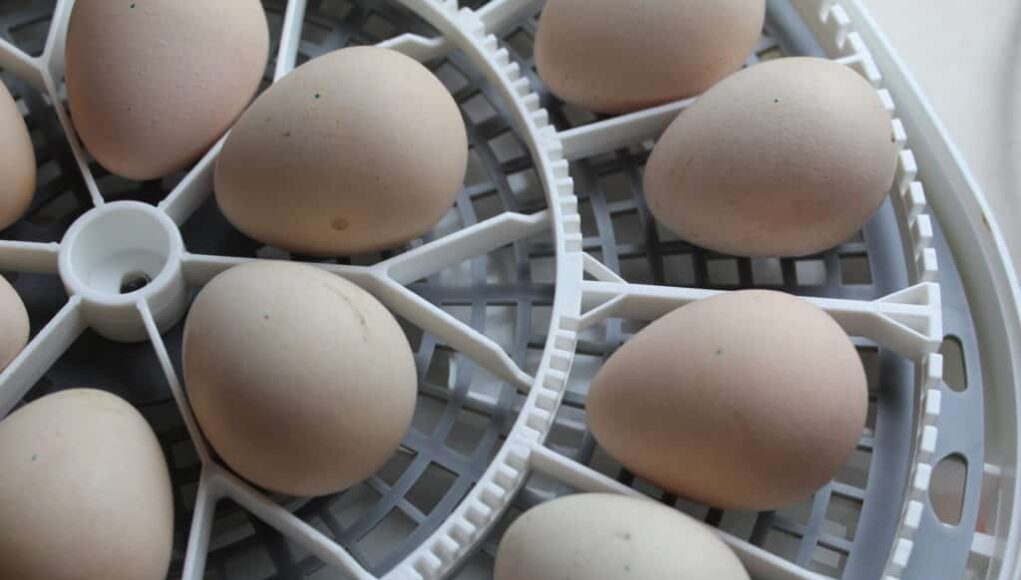Incubating rare chicken breeds is a rewarding experience for any poultry enthusiast. Whether you are a seasoned farmer or a curious beginner, understanding how to incubate rare chicken breeds is essential to ensure the survival and health of these unique birds. In this article, we will explore the detailed steps and considerations involved in the incubation process.

Understanding Rare Chicken Breeds
Rare chicken breeds are those that are not commonly found in commercial poultry farming. These breeds often possess unique characteristics, such as distinctive feather patterns, unusual egg colors, or specific behavioral traits. Breeding these chickens helps in preserving genetic diversity and can be a fulfilling hobby.
Choosing the Right Eggs
Before you begin the incubation process, it is essential to select the right eggs. Look for eggs that are clean, without cracks, and of uniform shape. The eggs should be collected from healthy hens of the specific breed you wish to incubate. Learn more about storing eggs before incubation.
Preparing the Incubator
Setting up the incubator correctly is crucial for successful hatching. Calibrate your incubator to maintain a stable temperature, typically between 99.5F and 100.5F. Ensure proper ventilation and humidity levels, which are critical for the development of the embryo. For detailed guidance, check out humidity maintenance tips.
Temperature and Humidity Control
The success of your incubation largely depends on maintaining the correct temperature and humidity. Use a reliable thermometer and hygrometer to monitor these parameters. For rare breeds, slight variations can have significant impacts, so consistency is key.
Why Temperature Matters
Temperature affects the rate of embryo development. Too high or too low temperatures can result in poor hatch rates or deformities in chicks. Always monitor your incubator to ensure stability.
Humidity’s Role in Incubation
Humidity helps in preventing the eggs from losing too much moisture. Generally, a humidity level of 40-50% is ideal for the first 18 days, increasing to 65-75% during the last few days before hatching.
Turning the Eggs
Regularly turning the eggs is essential to prevent the embryo from sticking to the shell. Turn the eggs at least three times a day, but avoid handling them more than necessary. This practice mimics the natural behavior of a brooding hen.
Candling Eggs
Candling is the process of shining a light through the egg to observe its development. This practice helps identify fertile eggs and monitor the growth of the embryo. To know how often you should candle, refer to candling frequency tips.
Incubation Timeline
The incubation period for chicken eggs is generally 21 days. However, rare breeds might have slight variations. Monitor the eggs closely, especially during the hatching period, to assist in case of any issues.
Day 1-7: Early Development
During the first week, the embryo undergoes rapid development. It is crucial to maintain stable conditions to avoid any early developmental issues.
Day 8-14: Middle Stage
The embryo continues to grow, and it’s essential to keep turning the eggs regularly. This period is crucial for the development of vital organs.
Day 15-21: Final Stage
In the final week, reduce the frequency of turning and increase the humidity level to prepare for hatching. Monitor the eggs closely for any signs of pipping.
Hatching and Chick Care
Once the chicks begin to hatch, it is important to leave them in the incubator until they are dry and fluffy. Avoid opening the incubator frequently during hatching to maintain temperature and humidity. For post-hatch care, visit chick care tips.
Common Challenges and Solutions
Incubating rare breeds comes with its own set of challenges. These may include fluctuating temperatures, humidity issues, or infertile eggs. By understanding these challenges and having solutions ready, you can ensure a successful hatch.
Equipment Failure
Regularly check your incubator for any signs of malfunction. Having a backup incubator or parts can prevent a failed batch due to equipment issues.
Infertility Issues
If a significant number of eggs are infertile, consider evaluating the health and diet of your breeding stock. This can often be a root cause of infertility problems.
Conclusion
Understanding how to incubate rare chicken breeds is a fascinating journey that requires patience and attention to detail. By mastering the incubation process, you contribute to the preservation of these unique breeds. For further reading, you can visit the detailed guide on hatching eggs care.

FAQs
What temperature should I maintain for incubating rare chicken breeds?
The ideal temperature for incubating chicken eggs is between 99.5F and 100.5F, but it’s crucial to ensure stability throughout the incubation period.
How often should I turn the eggs?
Eggs should be turned at least three times a day to prevent the embryo from sticking to the shell.
What should I do if my incubator malfunctions?
Regular maintenance and having backup parts or a secondary incubator can help mitigate issues due to equipment failure.
This article contains affiliate links. We may earn a commission at no extra cost to you.










